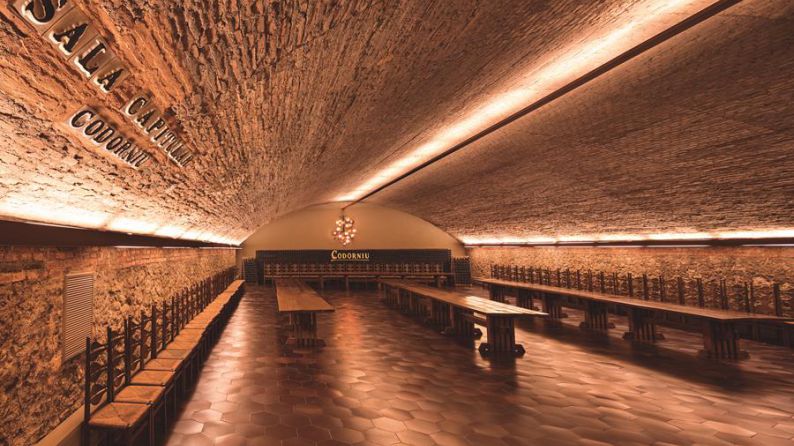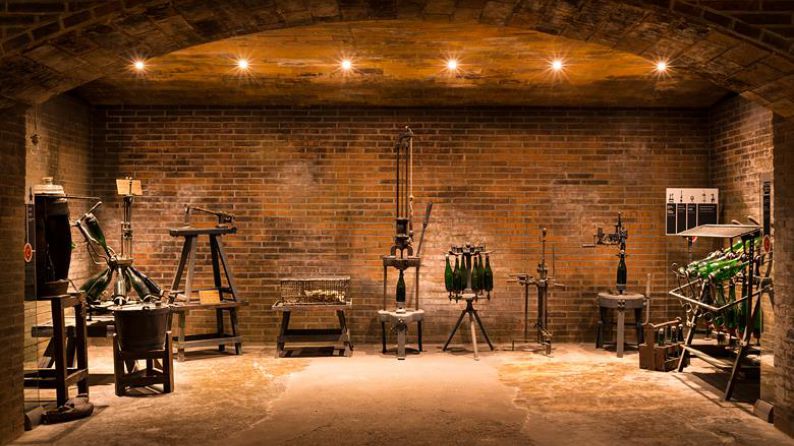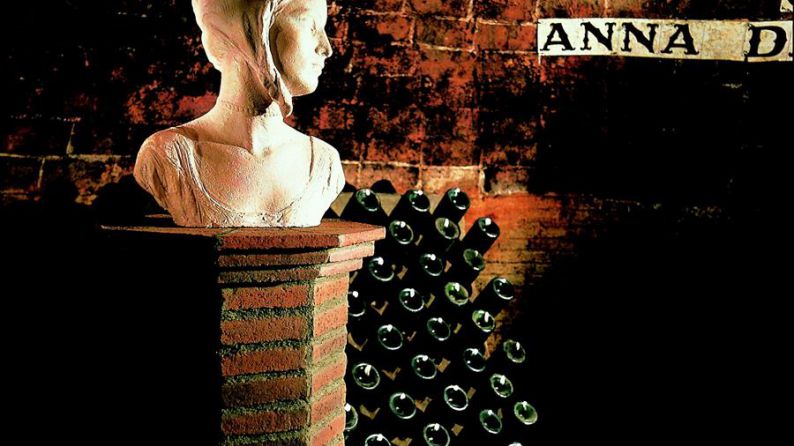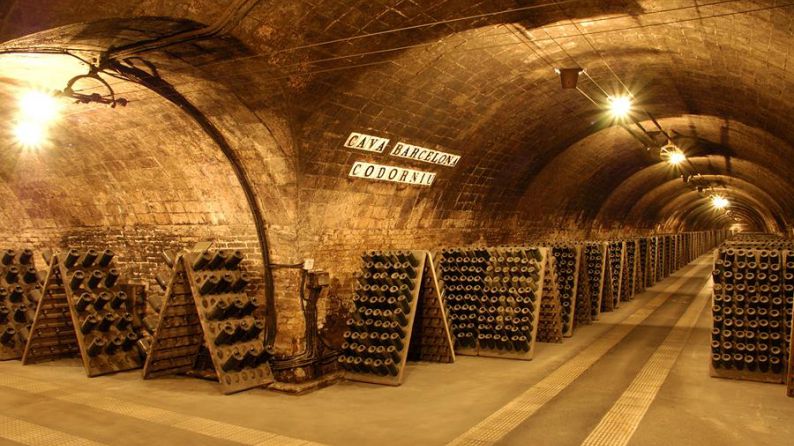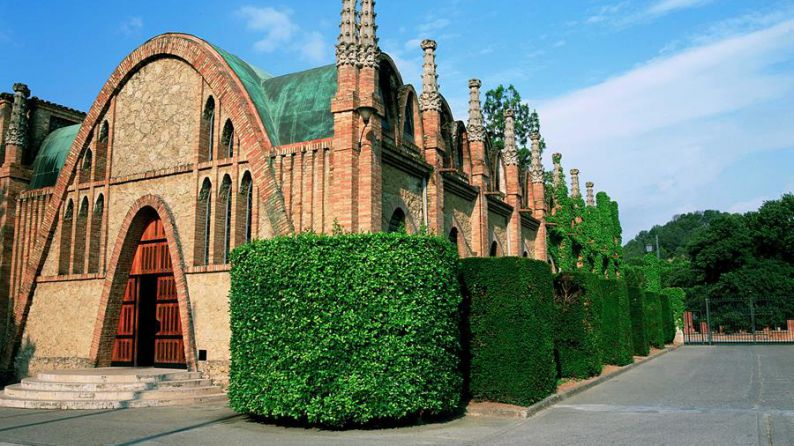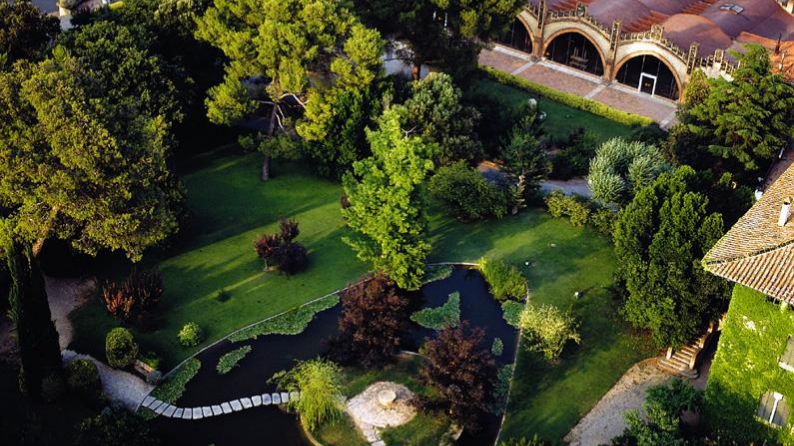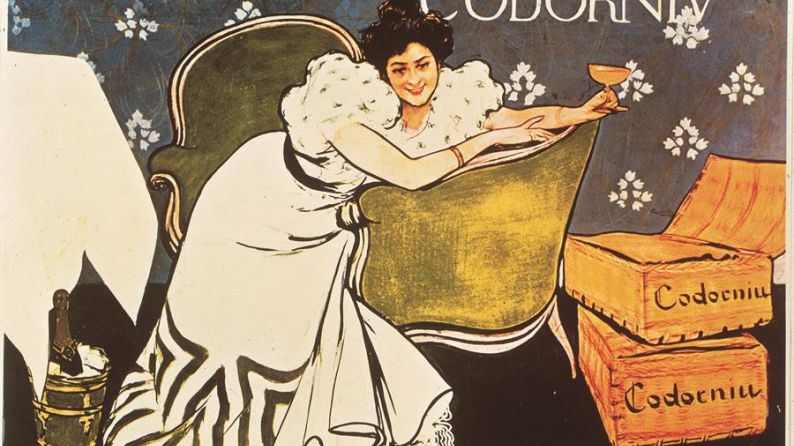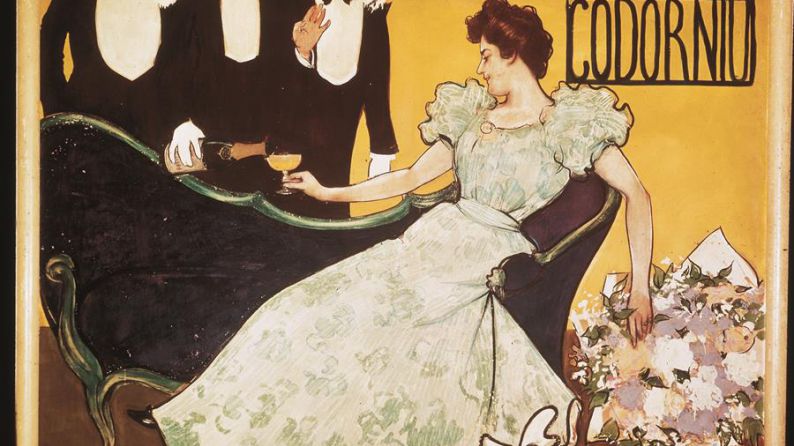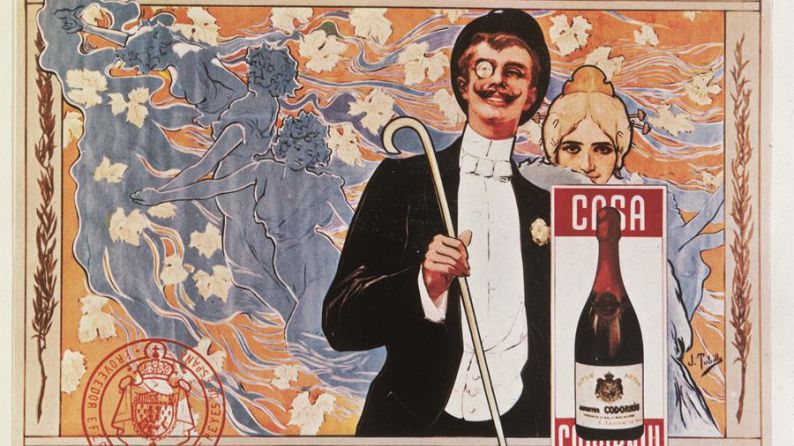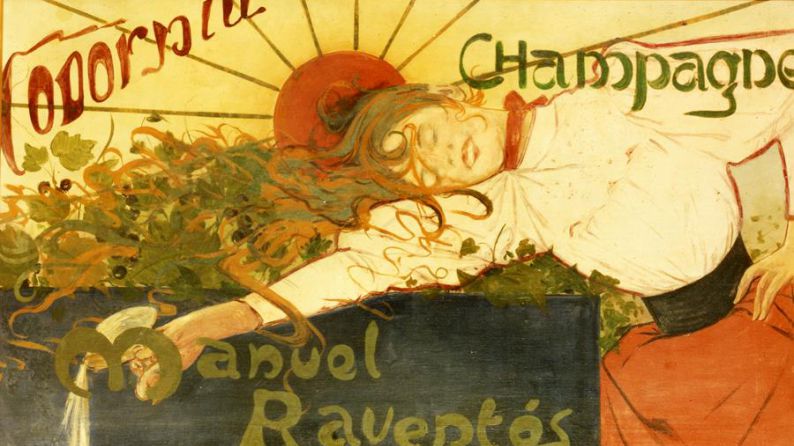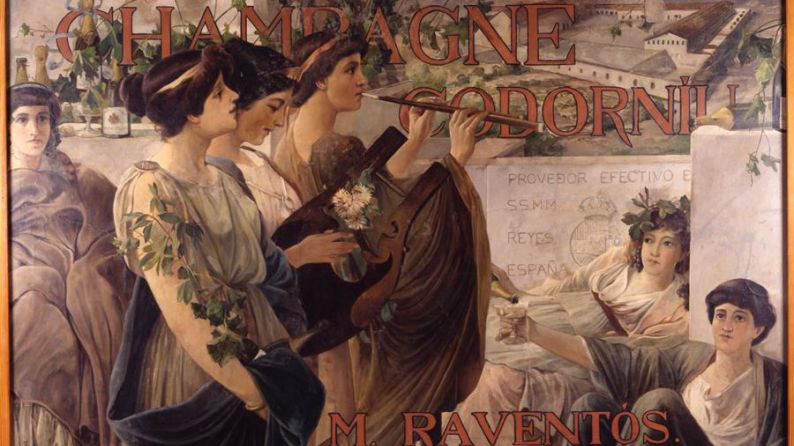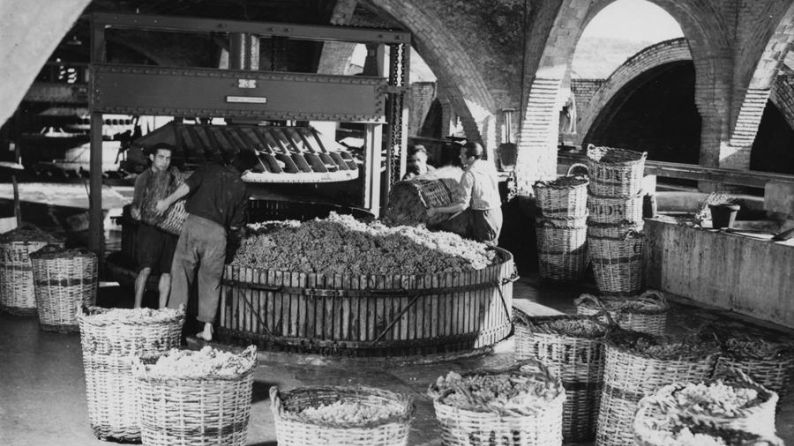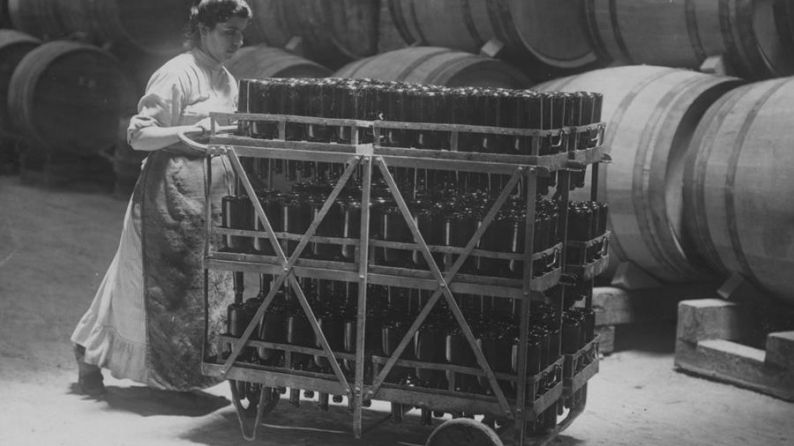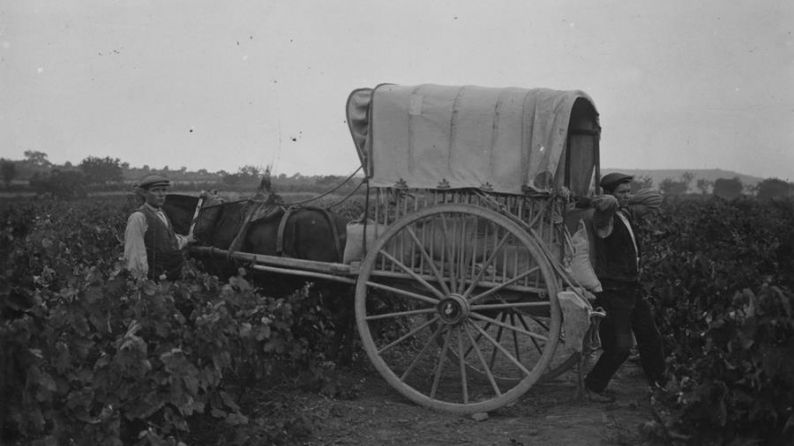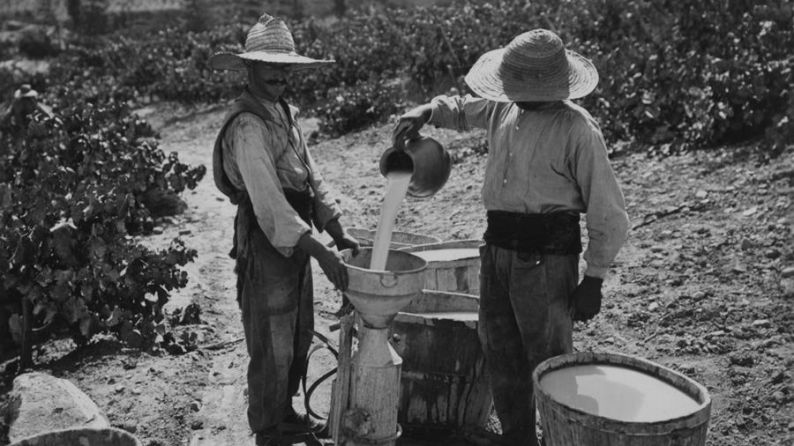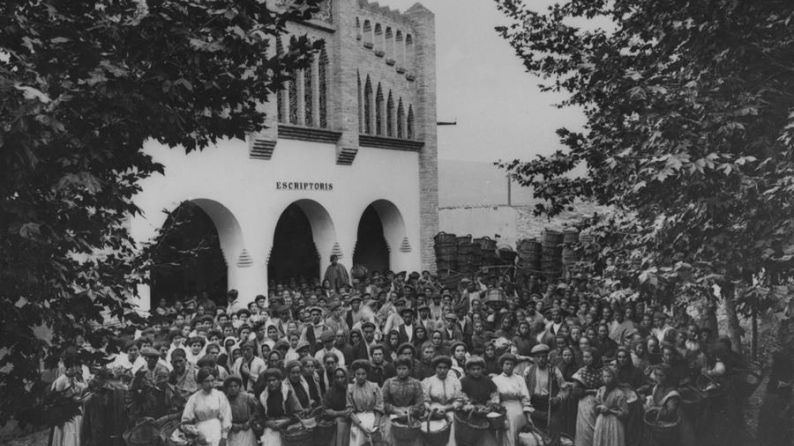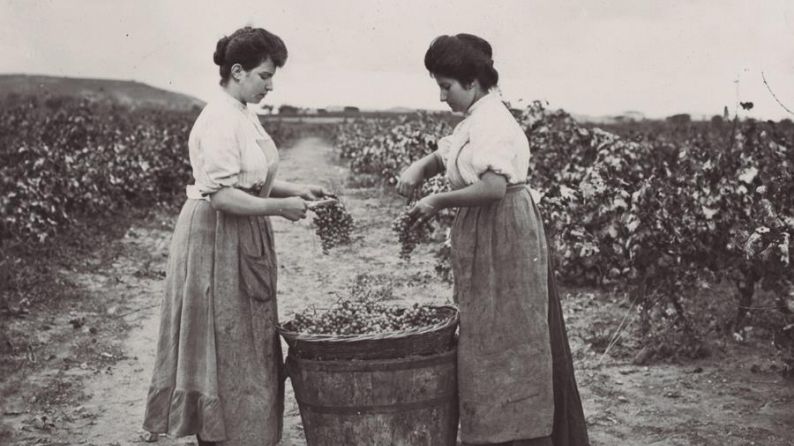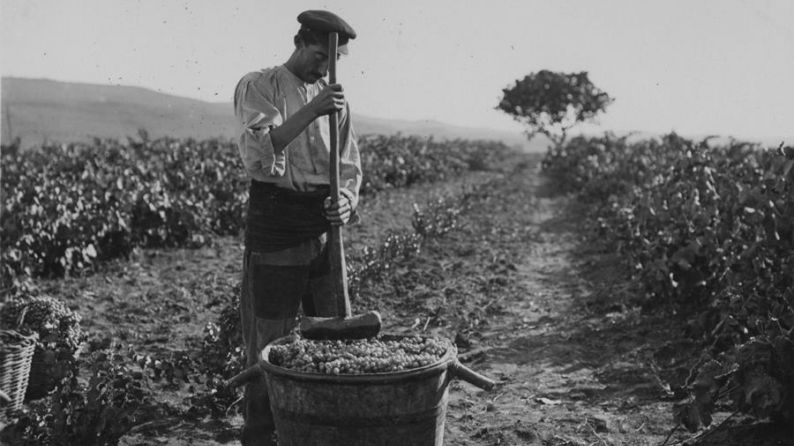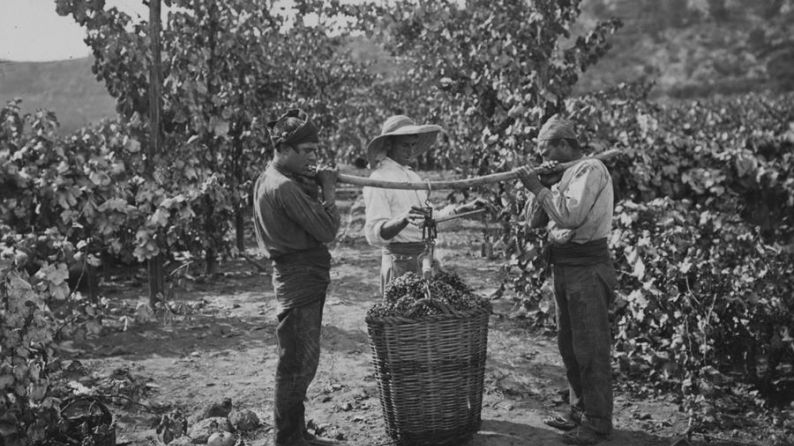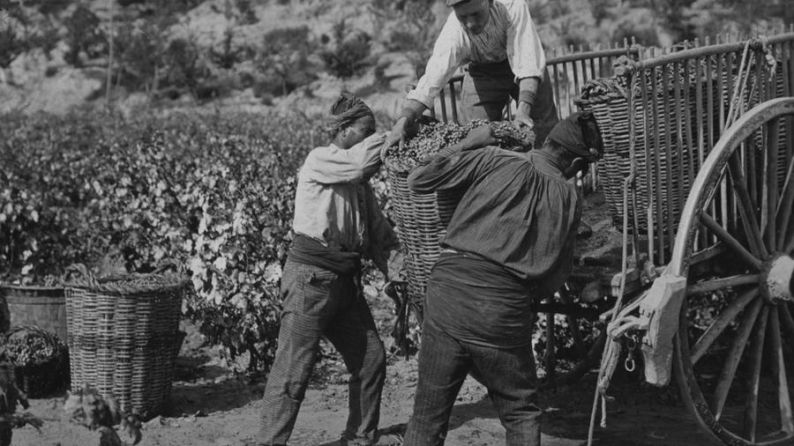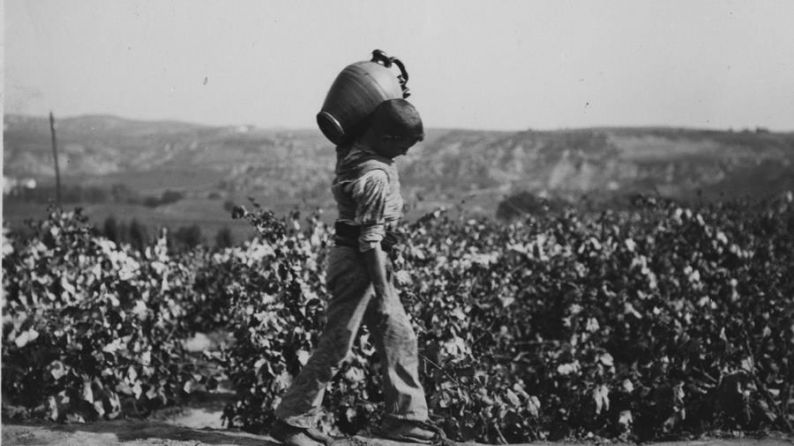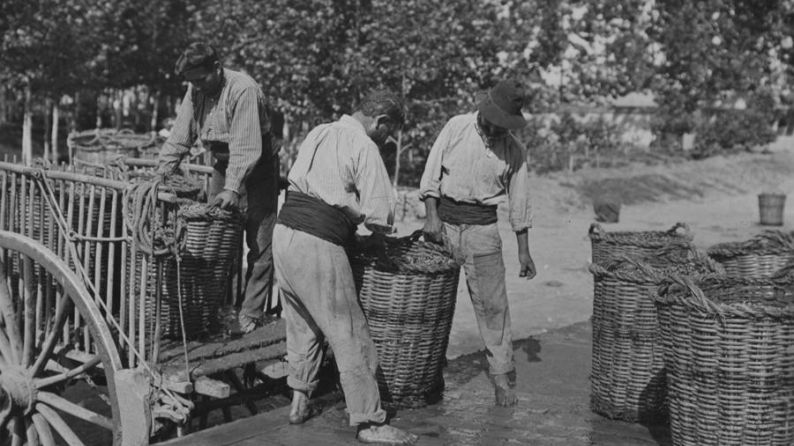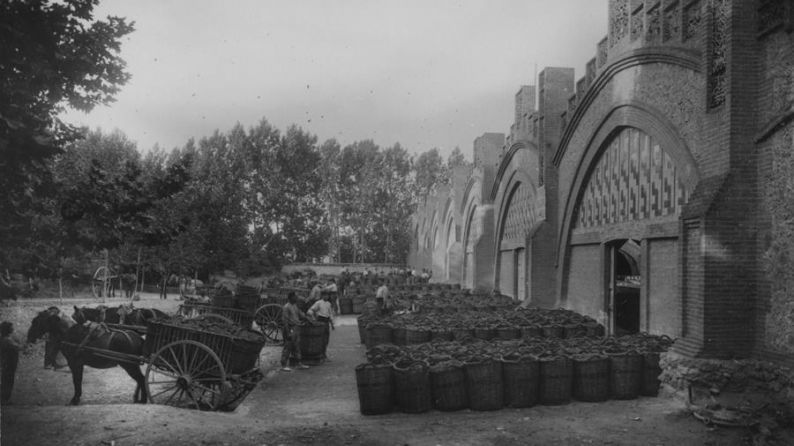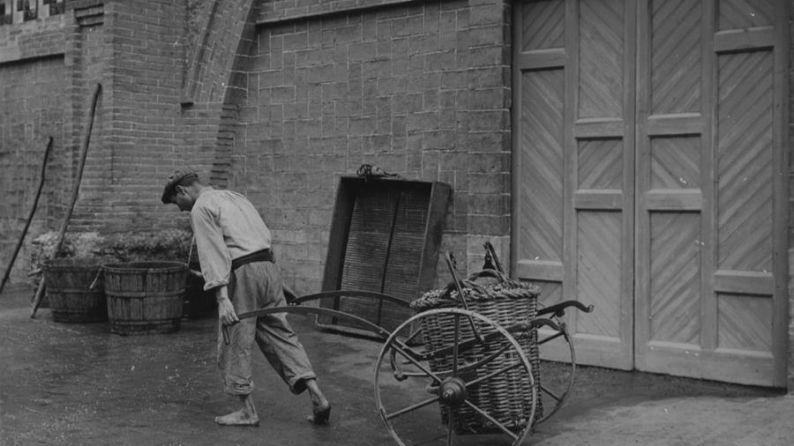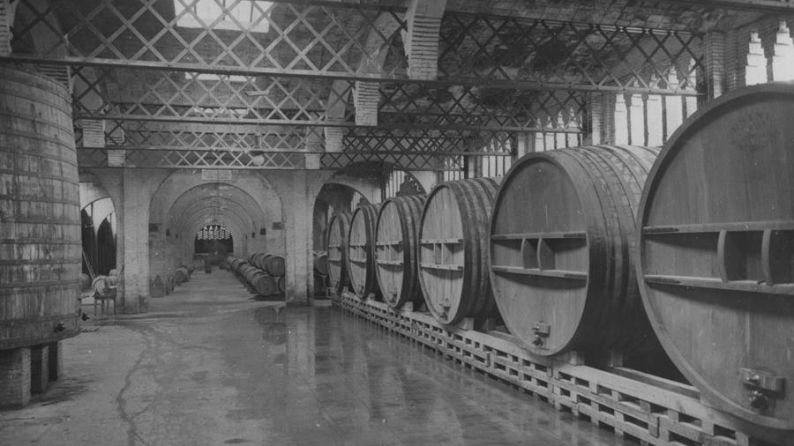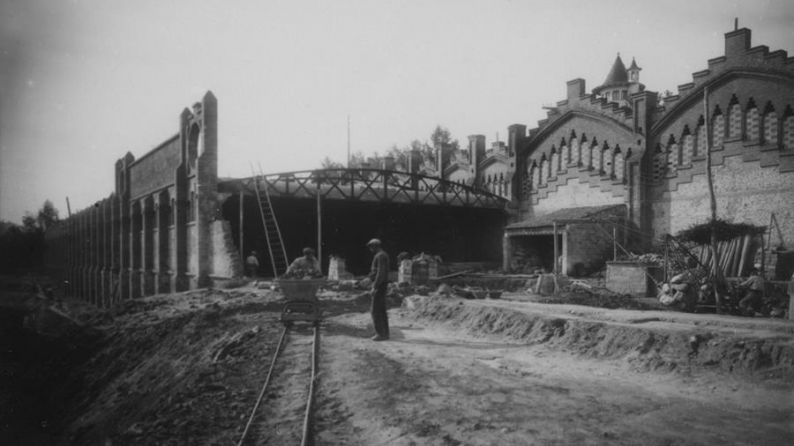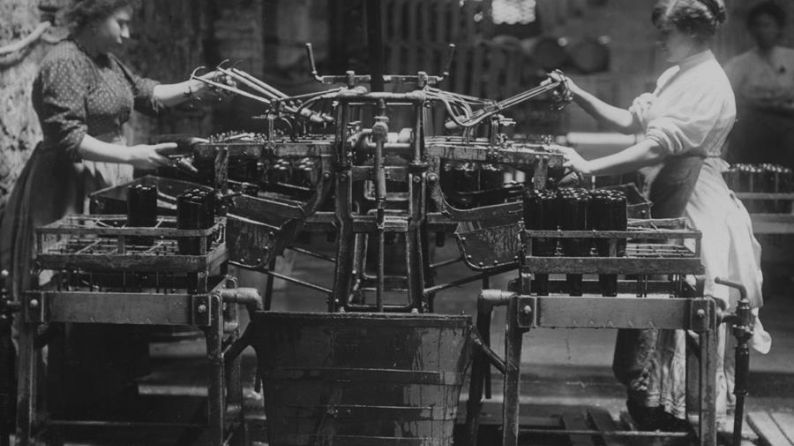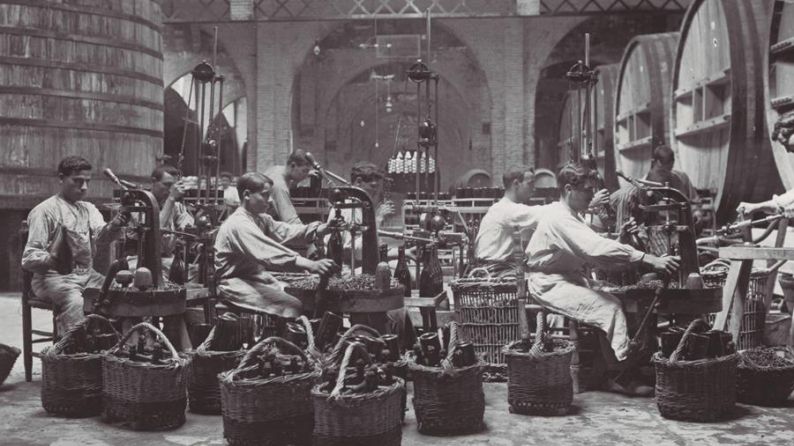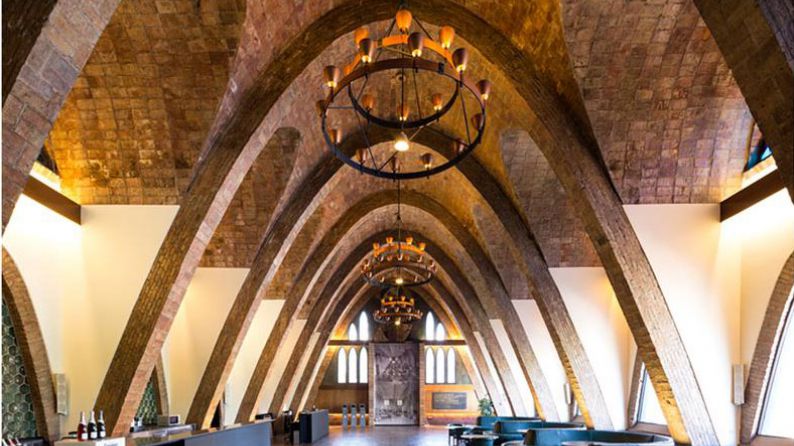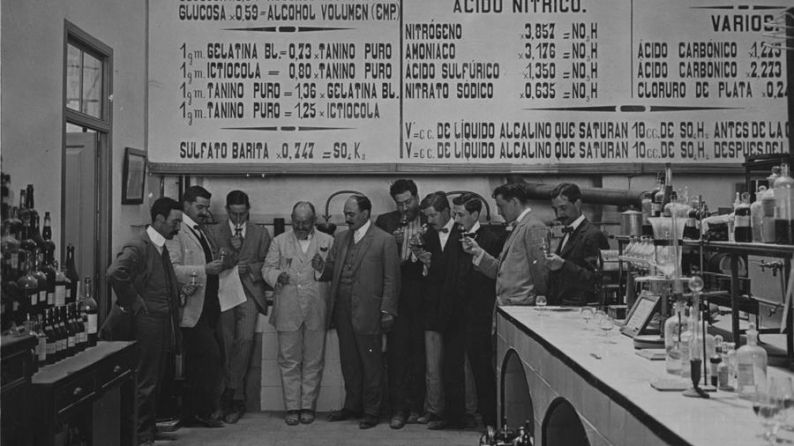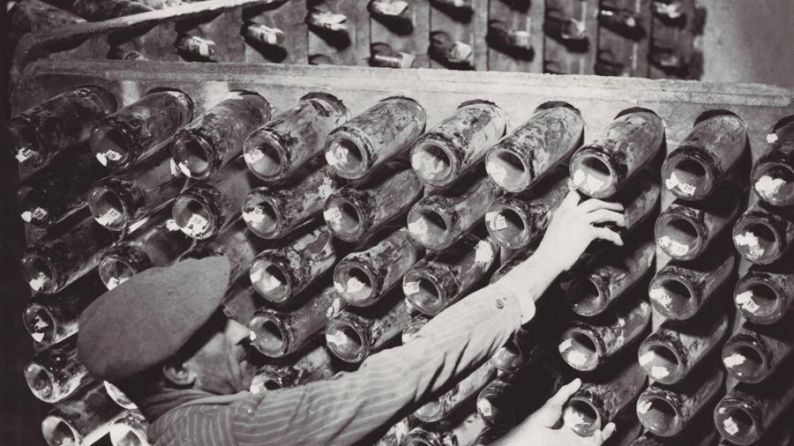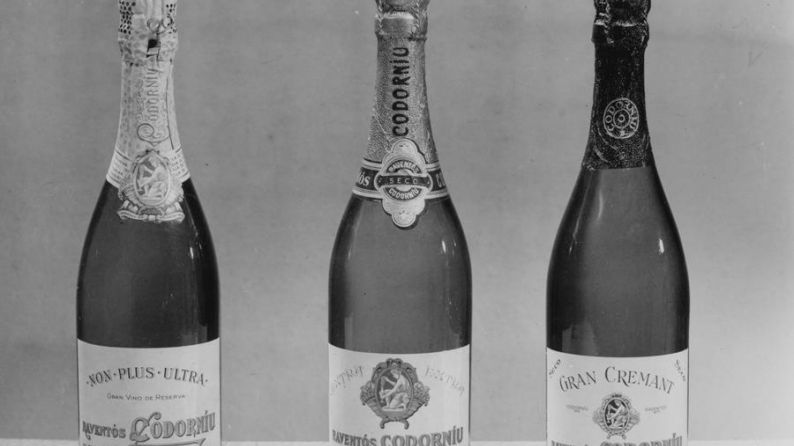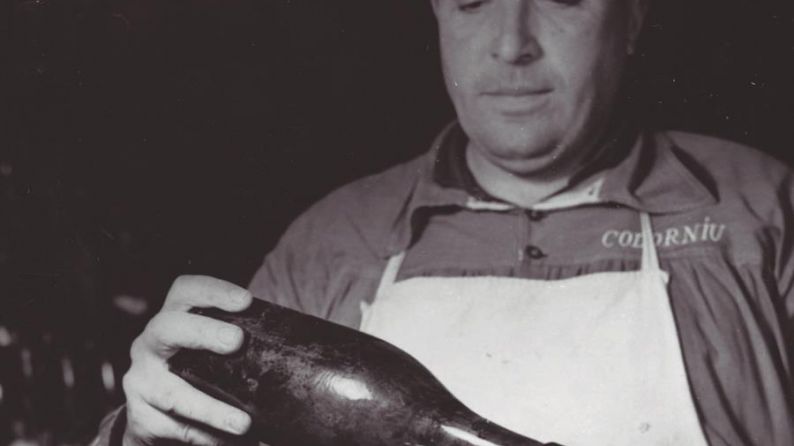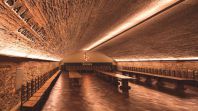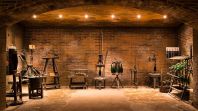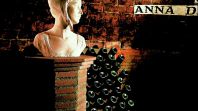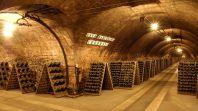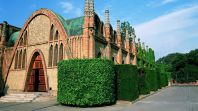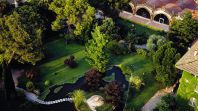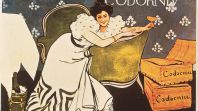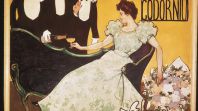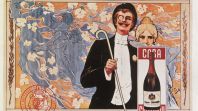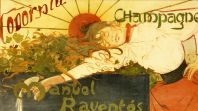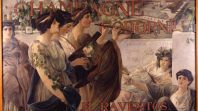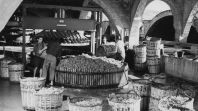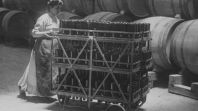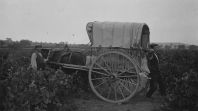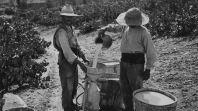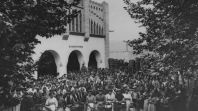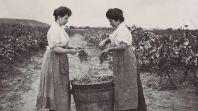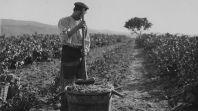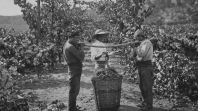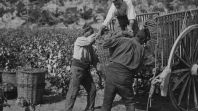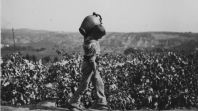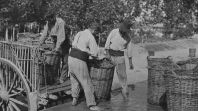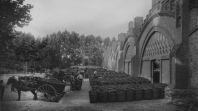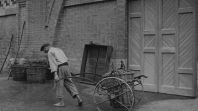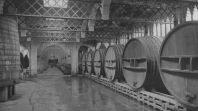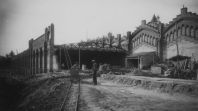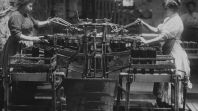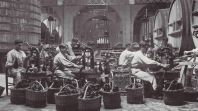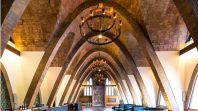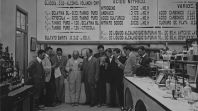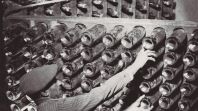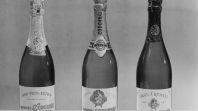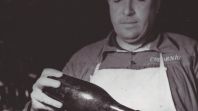Codorniu: Five centuries of history
Codorníu’s history goes back to the 16th century, to the year 1551 to be precise. A document from that time states that Jaume Codorníu, owner of vineyards, possessed presses, barrels and vats for the purposes of winemaking. That year marked the start of the history of the oldest family business in Spain and one of the oldest in the world.
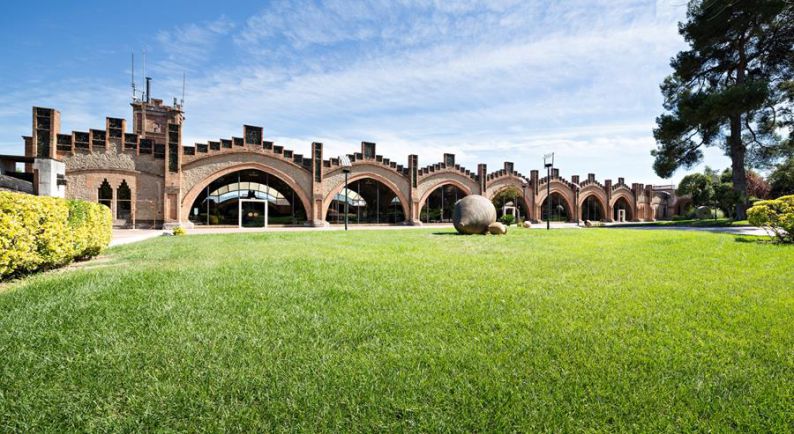
Another event, important to the history of this company, occurred in the 16th century: Anna, the heir to the Can Codorniu farmhouse, along with its land and vineyards, married Miquel Raventós, a wine grower. After this union, both the family names of Codorníu and Raventós were considered to be the "alma maters" of the company. In fact, Mar Raventos, sixteenth generation of the family and at the helm of Codorníu today, is managing to hold sway over 500 family members who are genealogically descended from the union of Miquel and Anna. Of these, 218 are shareholders of the company.
But let’s get back to the company history. Over the years, important events occur that change the personality of a company. After years of experimenting and a trip up to the Champagne region of France, Josep Raventos Fatjó developed a sparkling white wine which would ultimately become cava, describing it in a document. He had pioneered the development of a product which is now known around the world and which is even starting to give champagne a run for its money. This "finding", if we can call it such, resulted in a major shift in Cordorniu’s strategic direction and laid the foundations of today's company. And this was back in 1872 ...
Did you know?...
Each new member of the family is baptized with a teaspoon of cava. It is a mark of distinction unique to the family members of Spain's oldest family-owned business.
Josep Raventos Fatjó died in 1885 and his son, Manuel Raventós, inherited Can Codorniu. A visionary and entrepreneurial man, he believed that cava had even greater potential, so he took the decision that the company would be dedicated, exclusively, to its production. In order to broaden his winemaking knowledge, he made a trip to France. When Phylloxera arrived in the Penedes area, he grubbed up all the vineyards and in their place planted Phylloxera- immune American rootstock. He also decided to build some large cellars in Sant Sadurní d'Anoia which would become a reference in the Penedés region.
The design of the new winery was entrusted to one of the most internationally renowned modernist architects and disciple of Antonio Gaudi, Puig i Cadafalchi. He also built what was, for many years, the Raventós family home, Casa Pairal, under which they age the cava (obviously, given the volume of business, there are also other cellars where this process takes place).
The entire architectural complex was declared a Historical Artistic Monument in 1976 and receives about 100,000 visitors per year, recognition of the work of the architect, as well as a source of pride to the company.
Early last century, in 1914, Manuel Raventós acquired 3,200 hectares of land in what is now the Costers del Segre D.O. This was the beginning of what today is known as the "Codorniu Group". In order to grow the business, they set about acquiring and building wineries in various Spanish designations of origin (Penedes, Rioja, Priorat, Ribera de Duero) and overseas (Napa Valley in California and Mendoza in Argentina).
Today’s generation, headed by Mar Raventos, continues the company’s quest for the continuous improvement of its products, ever higher quality, constant innovation, and learning from its resources: the land, its vineyards…all the while respecting a basic principle that has been central to Codorniu for almost 500 years: Respect.
Long live Codorniu!


